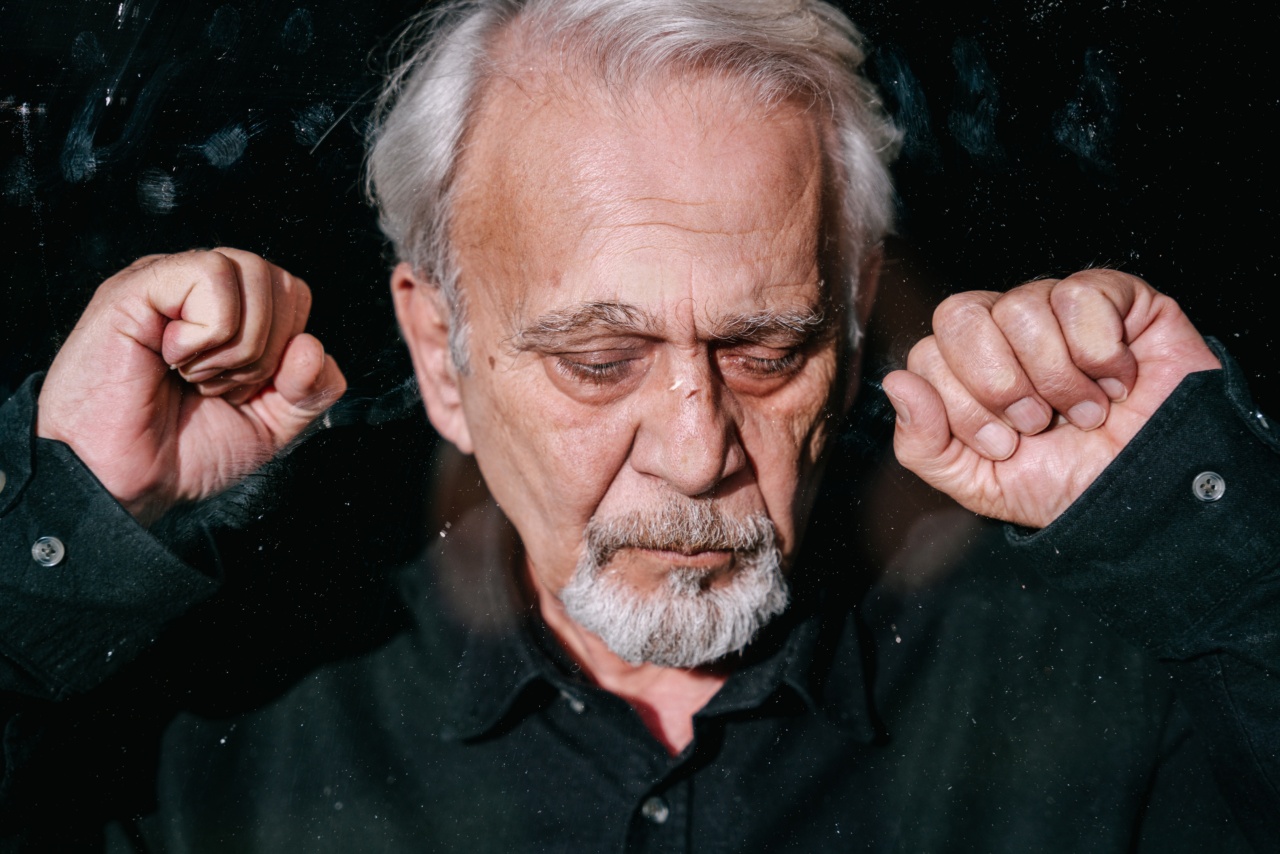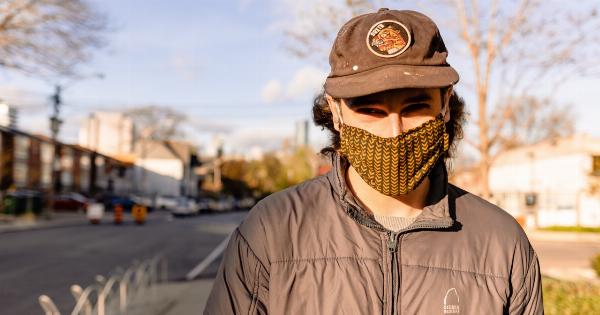Male pattern baldness, also known as androgenetic alopecia, is the most common form of hair loss in men. It is estimated that more than 50% of men over the age of 50 experience some degree of hair loss.
This condition is characterized by a gradual thinning of the hair on the scalp, which eventually leads to partial or complete baldness.
The Role of Genetics
Genetics play a significant role in male pattern baldness. The condition is believed to be inherited from both sides of the family. If your father or grandfather experienced hair loss, there is a high chance that you may also be prone to it.
The inheritance pattern of male pattern baldness is complex and involves multiple genes. However, the exact genes responsible for this condition are still not fully understood.
Hormonal Factors
Hormones also play a crucial role in hair loss. In men, the hormone dihydrotestosterone (DHT) is primarily responsible for male pattern baldness.
DHT is derived from testosterone and binds to receptors in hair follicles, causing them to shrink and produce thinner hair strands. Over time, the hair follicles become miniaturized and eventually stop producing hair altogether.
Lifestyle Factors
While genetics and hormones are the main culprits behind male pattern baldness, certain lifestyle factors can exacerbate the condition.
Smoking, excessive alcohol consumption, poor nutrition, and high-stress levels are all known to contribute to hair loss. Maintaining a healthy lifestyle can help slow down the progression of male pattern baldness.
Misconceptions About Hair Loss
There are several misconceptions surrounding men’s hair loss. One of the most common myths is that wearing hats or caps can cause hair loss. However, there is no scientific evidence to support this claim.
Wearing hats may temporarily flatten the hair, but it does not lead to permanent hair loss. Another misconception is that frequent hair washing can accelerate hair loss. In reality, washing your hair regularly promotes scalp health and does not contribute to hair loss.
Available Treatment Options
While there is no cure for male pattern baldness, there are several treatment options available to slow down its progression and improve the appearance of hair. The most popular treatment is minoxidil, which is available over the counter.
Minoxidil is a topical solution that needs to be applied to the scalp twice daily. It works by increasing blood flow to the hair follicles, promoting hair growth and preventing further hair loss.
Another common treatment option is finasteride, which is available as a prescription medication. Finasteride works by blocking the conversion of testosterone to DHT, thus reducing the levels of DHT in the scalp.
This helps to slow down the hair loss process and may even stimulate regrowth in some individuals.
In addition to medication, hair transplant surgery is a more invasive option for those seeking a permanent solution to hair loss.
During a hair transplant, hair follicles from a donor site (usually the back or sides of the head) are transplanted to the areas of thinning or baldness. This procedure requires skill and expertise, and results can vary depending on individual factors.
Embracing Hair Loss
While there are treatment options available, it is essential to remember that hair loss is a natural part of the aging process for many men. Embracing baldness can be empowering and liberating.
Many men choose to shave their heads completely or opt for stylish haircuts that complement their receding hairline. Confidence and self-acceptance are key to embracing hair loss.
Conclusion
Male pattern baldness is a common condition that affects a significant number of men worldwide. While genetics and hormones play a significant role, lifestyle factors can also contribute to hair loss.
Understanding the causes and available treatment options can help individuals make informed decisions about managing their hair loss. Whether choosing to pursue treatments or embracing baldness, confidence and self-acceptance should always be encouraged.




















